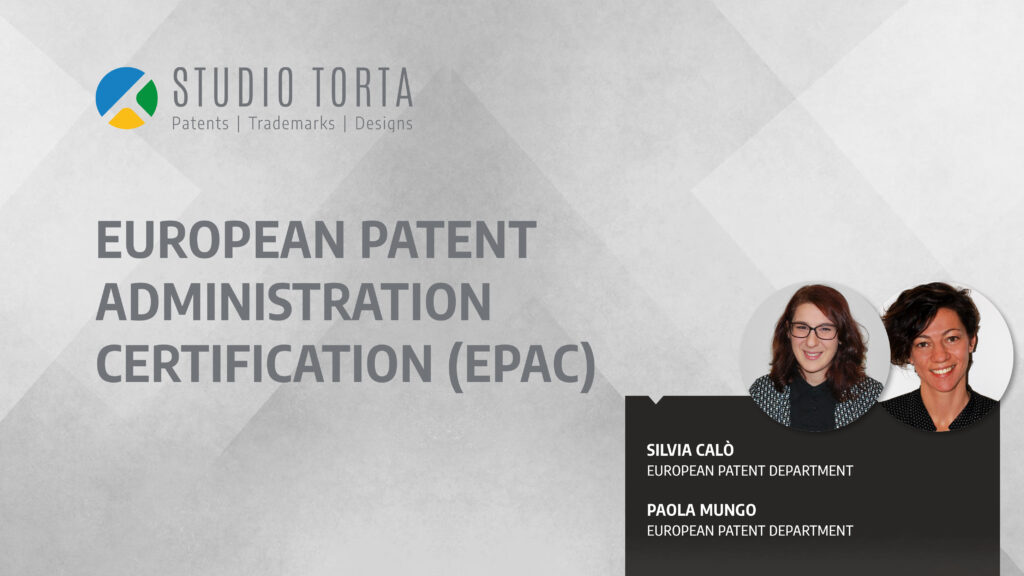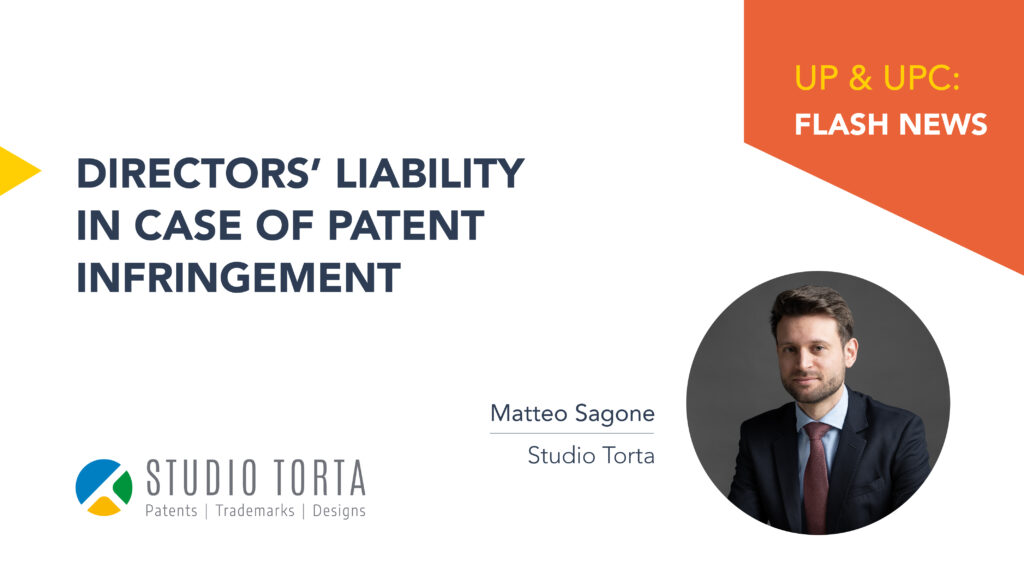T2027/23 about “Claims interpretative somersaults”
Analysis of T2027/23 decision that discloses a practical use of G1/24 in appeal opposition proceedings.
Last June, the Enlarged Board of Appeal (EBoA) of the EPO ruled on the thorny issue of interpreting claims considering the description and drawings of a patent application when assessing the patentability of an invention. Although the European patent system community hoped for a resolution to years of ambiguities, the Order of the decision (G1/24) is extremely broad in its wording, which has led to renewed uncertainty and new and multiple questions.
In a nutshell, the EBoA confirmed that the claims are the starting point for assessing the patentability of an invention and established that the description and drawings shall always be consulted to interpret the claims, and not only when the claims are considered unclear or ambiguous when read in isolation.
In the past, as per our preceding article, we had the opportunity to assess the effectiveness of G1/24 during the hearing of appeal case T2027/23. The decision, following preceding case laws, has just been issued and leaves room for further reflection.
It is clear and entirely acceptable that a captious use of the description, which aims to interpret claims on features that are not present in any way in the claims, is not compatible with either the original intent of G1/24 or the well-established principles of the EPC on the predominance of claims.
Nevertheless, from “Catchword” at the beginning of the decision, the Board establishes that a claim should not be interpreted as having a meaning narrower than the wording of the claim based on specific features set out in embodiments of an invention described in the specification (note the use of the plural in “embodiments”).
This interpretation is reflected in the subsequent paragraphs of the decision, which reveal a very limited, if not minimal, practical use of the description in the assessment of patentability. Specifically, the Board considers that the requirements imposed by G1/24 are satisfied by only defining the skilled reader in the light of the introductory paragraphs of the description (see point 3.5.10 of the decision).
The Board also establishes that, in the event of different interpretation between what disclosed in the claims and what disclosed in the description, it is the responsibility of the patentee to provide the desired interpretation by amending the claims to align with the intended scope. Although this statement may seem reasonable, it should be noted that the claims of the patent object of the decision claimed a generalization (genus) of peculiar characterization (species) described in the specification.
In fact, the language used in the claims as granted did not specify the exclusively electronic nature of the invention (as described) but may encompass a possible purely mechanical implementation that, however, was nowhere described nor discussed in the specification.
It is still too early to have a clear picture of the repercussions that this decision may have on the future drafting of patent application.
Nevertheless, the decision offers some relflections related to the reasons and conclusions provided in this decision:
In view of the decision, it is reasonable to doubt about utility of the referral to EBoa (G1/25) concerning the mandatory nature of amendments to the description in accordance with amended claims. Indeed, If the approach taken by the Boards leaves few possibilities for the use of the description in the event of inconsistencies between the description and the claims, such modifications could be merely of formal nature. It is therefore possible that T2027/23 may be considered during the decision on referral G1/25 in the future.
Moreover, it could be interesting to evaluate the approach taken by the Boards on the use of the description in assessing patentability may, in turn, have some influence on the definition of the scope of protection of the claims. In current practice, especially in cases where the terminology of the claims leaves room for different interpretations, consulting the actual content of the description is an important aid in defining the risk of infringement. If the approach taken by the Boards were also to be applied to the assessment of freedom to operate, , it would be necessary to take into account even very broad interpretations of the terms used, even in the absence of adequate support from the description. during assessment of freedom to operate.
In the end, it also remains to be clarified whether the UPC and the EPO will be actually aligned on the issue of claim interpretation. In the recent decision of the Local Division in Hamburg in the case of Agfa v. Gucci (UPC_CFI_278/2023), mentioned by the Board itself, the UPC held, in contrast to the decision under review, that a claimed feature should be interpreted narrowly on the basis of an explicit definition provided in the patent description. Similar considerations have been provided to the other UPC decisions 10x Genomics Inc + Harvard v. Nanostring Technologies, UPC COA 335/2023, and Sanofi-Aventis et al. v. Amgen, UPC 1/2023. A different approach between the EPO and the UPC in this regard could divergent conclusion on validity and enforceability of patents granted by the EPO and then enforced before the UPC.
What is certain, however, is that the EPO has decided to publish this decision with the distribution code “(B) – To Chairman and Members,” thus suggesting that decision may serve internally at the EPO as a guideline in interpreting decision G1/24 for future examination, opposition, and appeal procedures.
It is therefore possible to expect significant follow-up to this decision.




